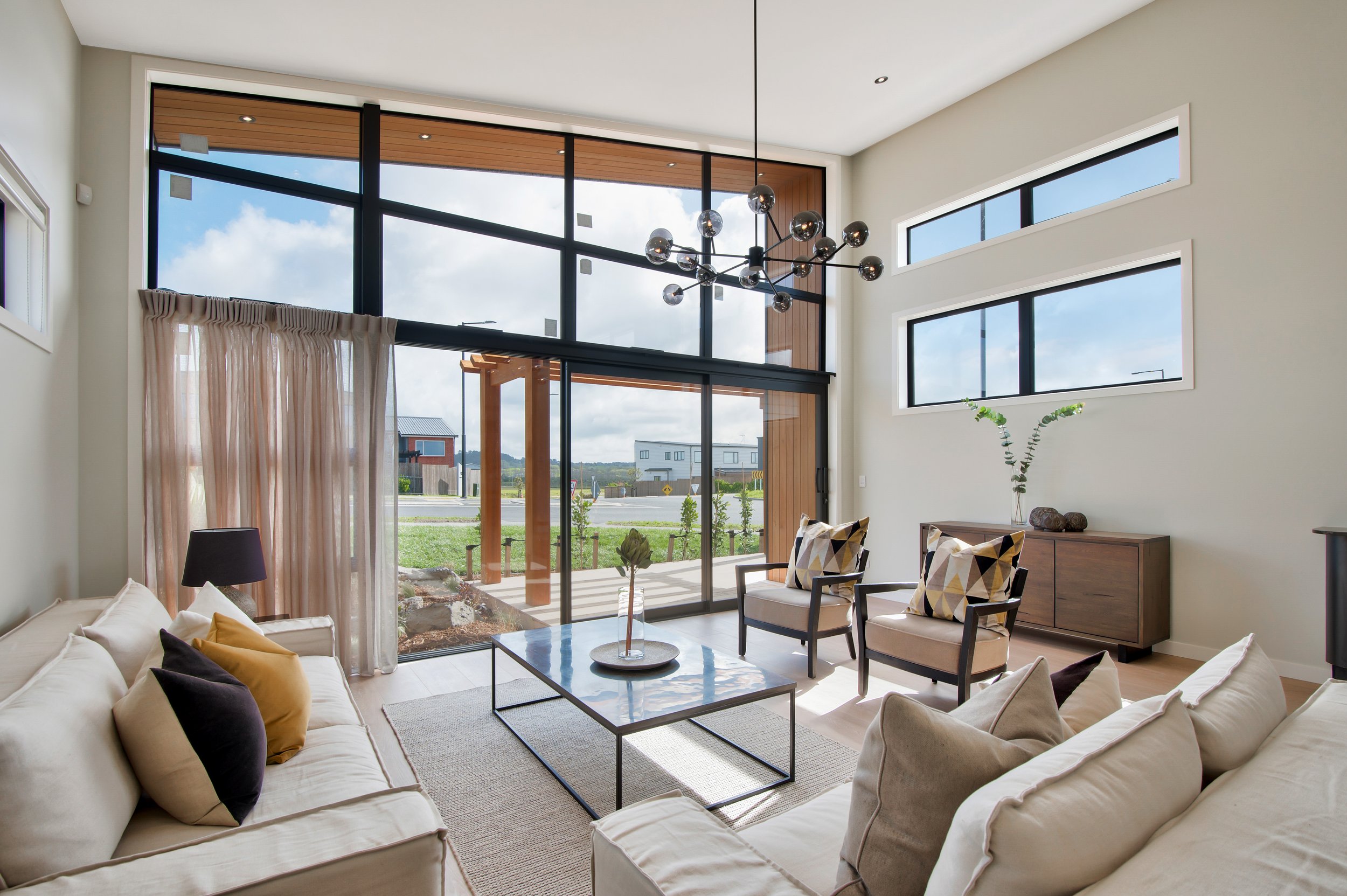Three Tricks with Light to Make Your New Build House Even Healthier
When building your new home, it is essential to remember that the average Kiwi spends almost 70 per cent of their time indoors at home (not counting Covid-19 lockdowns). That is why it is a good idea to ensure that your home isn't just beautiful and comfortable, but healthy for body and mind.
The phrase healthy home is a bit of a misnomer when you think about it because a healthy home isn't necessarily about the 'condition' of the house itself but about its ability to maintain the physical and mental health of the people living in the home.
The Maddren Homes brand has been building houses for Aucklanders for more than 80 years, and in that time, the company has learned a thing or two about building dream homes.
One of those things is that the quality of the build – which includes premium materials and outstanding workmanship – is a critical part of building a healthy home. For example, did you know that cheap, poor quality products can give off toxic volatile organic compounds?
A healthy home gets three things correct: 1. Good insulation, 2. Adequate ventilation, and 3. Efficient air exchange. However, here are three tips about lighting to help you take the health benefits of your home one step further.
1. Bigger north-facing windows
It is a well-known fact that north-facing homes get the most sunlight, making for a warmer house.
Maximising the sunlight that spills into your house - by asking the architect to design bigger north-facing windows, for example – helps reduce the reproduction of harmful bacteria in your home.
2. Get more light into your house
The more light you can get into your house, the better it is for the mental health of the occupants. Aim to make the living rooms, the places where you spend most of your waking time, on the north side of the house where it's warmer and lighter.
You may also want to consider a central lightwell for your home. A lightwell – defined as an open area or vertical shaft in the centre of a building, typically roofed with glass to bring natural light to lower floors or basement – could also be a skylight over an interior passage in the home.
3. Reduce shade
Introducing more light into your new home is one tactic that is complemented by reducing shade. For example, you may want to limit trees or the size of trees close to the house.
You can also make your south-facing windows bigger or look to introduce clerestory windows – those between the ceiling and the top of the wall (as opposed to in the wall like most windows) – to improve light and warmth for this area.

